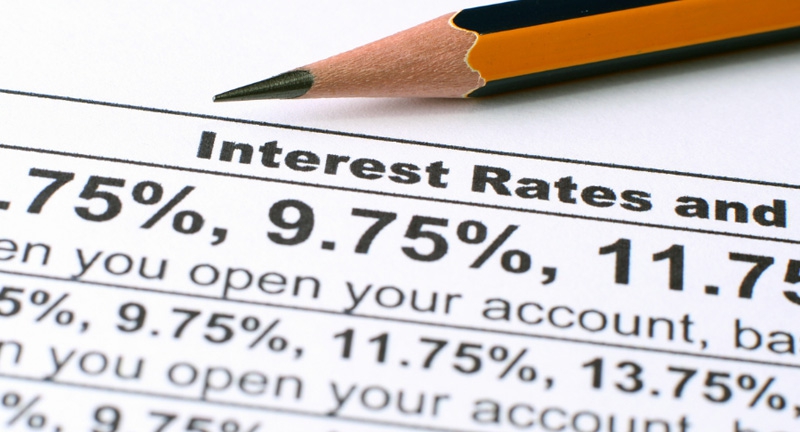APY: Everything you need to know
Posted On: October 13, 2023 by Kasasa in: Invest your Money | Investment Banking Your Financial Life | Personal Banking

APY, APR, CD, MMA... Let's face it, there are a lot of acronyms in banking. With most of us entering the real world with little money management training, it can be easy to get confused as to what all these terms mean. One of the most basic terms that you should understand is APY, as it can make the difference of hundreds of dollars a year. So, let's dig in.
What is APY (Annual Percentage Yield)?
APY stands for Annual Percentage Yield. In non-banker-jargon, APY stands for the amount an account pays to you. (Tip: If you find yourself trying to remember what does APY mean, think APY = amount paid to you). Interest is always paid out as a percentage of your account balance and so APY will always be represented as a percent.
How does APY work?
To better understand this, let's look at a basic example. Pretend you have a checking account that offers a 2% interest rate. You keep $100 of your hard-earned money in this checking account. At the end of the year, you would have $102 in the account. (2% of $100 is $2, which is the amount added to your balance in the form of interest).
Now, interest doesn't usually get paid out just once a year. In fact, most of the time it is paid out on a monthly basis. Unfortunately, you don't receive 2% each month. In order to figure out how much interest you will earn per month, you take the APY and divide it by 12 (because there are 12 months in a year).
Let's look back at our original example and figure out how much interest we will earn in just one month. Our imaginary checking account offers 2% over the course of a year, so to figure out how much it pays a month we need to divide that amount by 12. 2% divided by 12 months is .16%. So, we know the account offers .16% interest rate a month. If we take that .16% and apply it to our balance of $100, we will see that we are earning $0.16 in interest in one month.
The lesson: High APY = Good
What is the difference between APY and APR?
APR stands for annual percentage rate, and it is the amount of money you are charged for access to an account. A common example of an account with APR is a credit card. When you carry a balance on a credit card, you are charged interest on that amount (which is why it is so easy to get into debt with credit cards, but that's a whole other issue).
Imagine you have a credit card that has a 20% APR and you have an outstanding balance of $100. We can use the same math we learned above to figure out how much extra we will owe in APR at the end of the month.
Let's do some simple calculations
20% divided by 12 months lets us know we pay 1.66% in interest a month. If our balance is $100 it means you will incur a charge of $1.66 at the end of the month just for the privilege of having access to the line of credit.
The lesson: High APR = Bad
So, what's the difference between APR and APY? The biggest difference between APR and APY lies in how they relate to your savings or investment growth, or the cost of borrowing. In a nutshell, APY refers to what you can earn in interest while APR refers to what you can owe in interest charges.
Which accounts have APY vs. APR?
Checking accounts, savings accounts, certificates of deposit (CDs), and money market accounts are calculated using APY. Mortgages, auto loans, student loans, personal loans, and credit card loans have APR.
The lesson you learned earlier, about high APY being good, well we have you covered! Falcon National Bank offers high yield checking and savings accounts. We feel that rewarding customer loyalty is essential for fostering lasting relationships. Open a Kasasa checking account online or contact us for more information.

0 comments